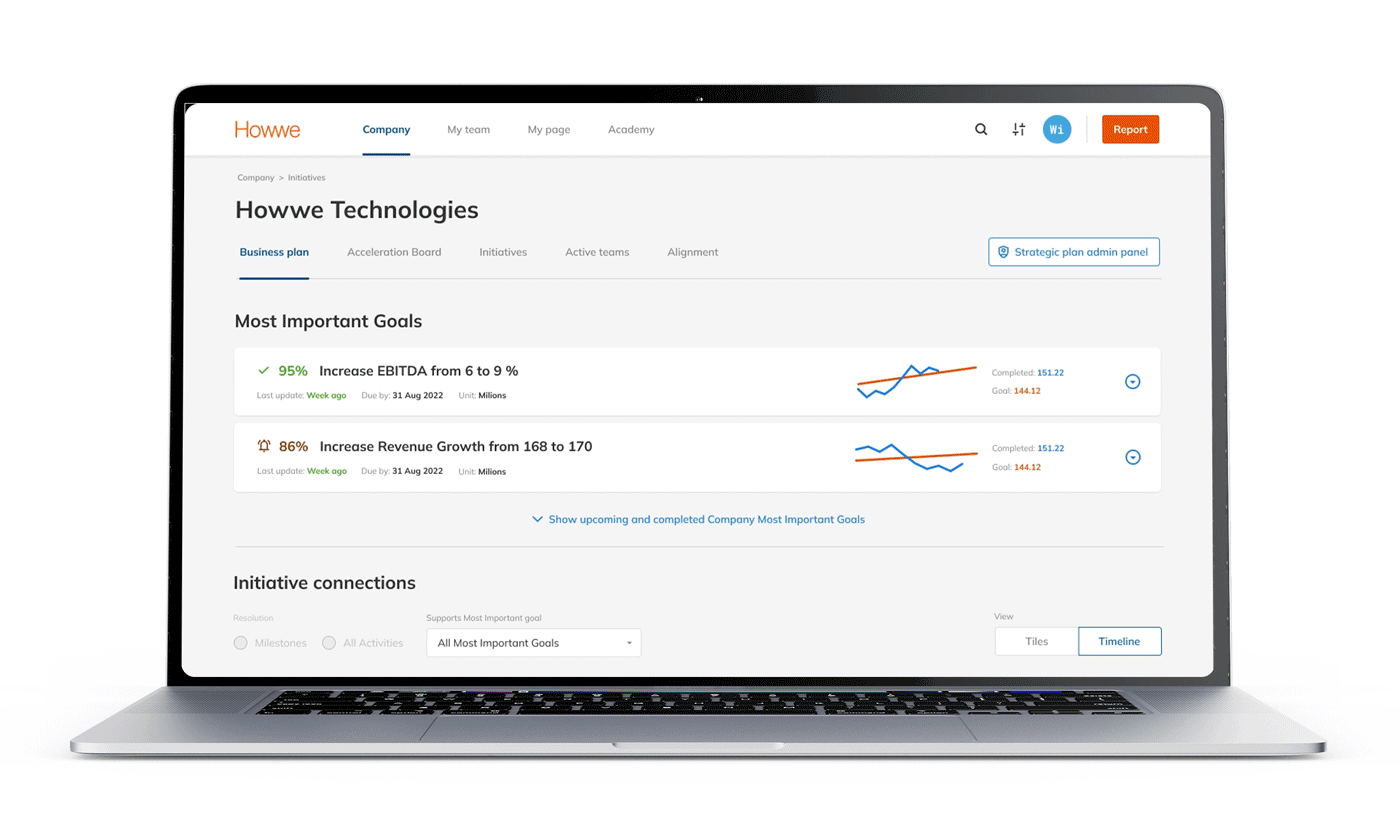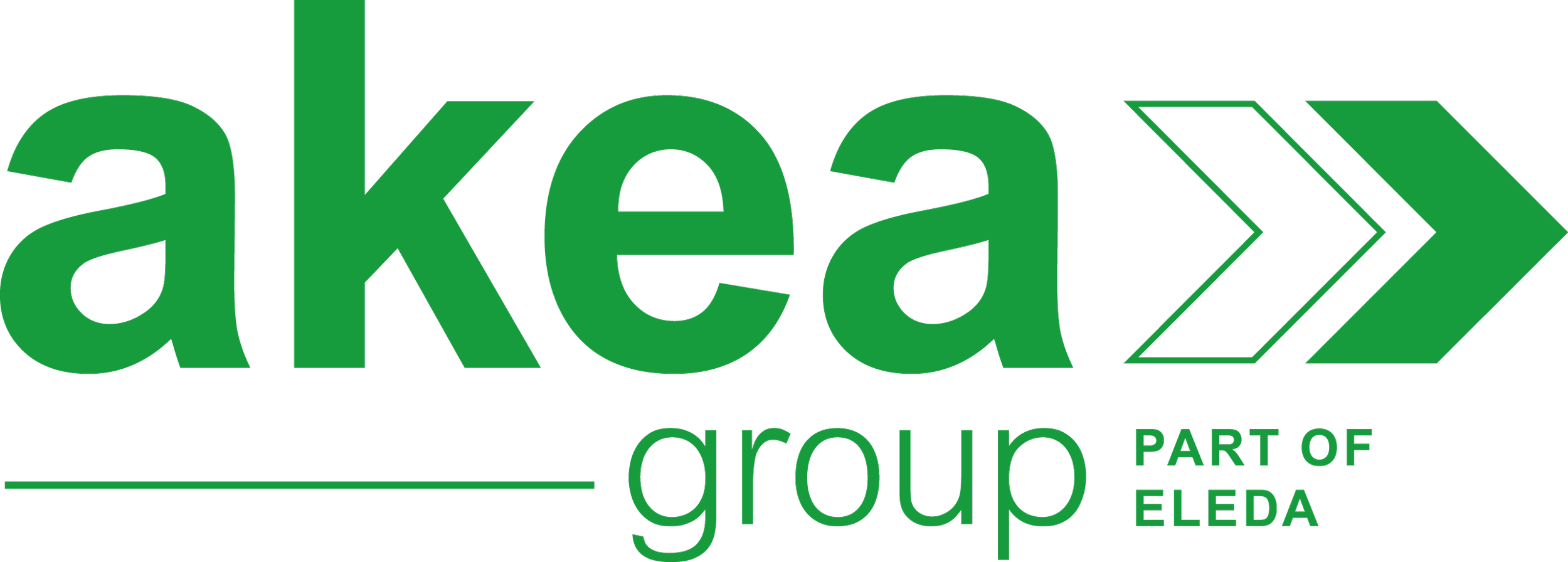
Howwe - the solution for profitable growth
Drive your strategic plan with daily relevance and measurable impact.
Problem and Solution
82% of Strategic Initiative fail - not because they are wrong but due to poor execution
Plans sit in slides, not in action
Strategic plans often end up buried in presentations instead of being translated into daily execution. Without a clear process, strategy loses momentum the moment it's shared.
Turn Strategy Into Action
Break down big goals into tangible milestones in days - not months. Built-in templates and AI support help teams focus immediately.
Teams lack focus on what truly matters
Employees are pulled in multiple directions, unsure where to prioritize. Without visibility of the most important goals and initiatives, effort gets spread too thin - and impact suffers.
Keep Focus Where It Matters
Smart nudges combined with real-time tracking ensure that the next-best actions remain top-of-mind for your team - all without the need for micromanagement or constant oversight.
Without a structured cadence, execution becomes disjointed. Teams lose momentum, blockers persist, and accountability fades between meetings.
Teams operate in silos without follow-up
Drive a Scalable Rhythm
15-30 minute Acceleration Meetings effectively replace lengthy status reports, enabling teams to quickly identify and remove blockers. This approach accelerates decision-making and keeps strategic initiatives moving forward efficiently.
Progress tracking is manual and outdated
Relying on spreadsheets and meetings to track progress creates delays and blind spots. Leaders waste time gathering data instead of acting on it.
Lead with Live Data
Real-time dashboards keep leaders ahead of problems, not behind them. Make fast, confident decisions without waiting for reports.
Trusted by industry leaders
Meet some of our customers
Seamlessly connect with your existing tools and ecosystem.
Integrations & Partners
Want to learn more? Contact our team.
Contact Us
Get in touch to learn more about how Howwe can help your organization
Stockholm (HQ)
Sveavägen 20
111 57 Stockholm
Sweden
Phone: +46 (0)8-24 31 10
Email: info@howwe.io
New York
135 West 50th Street, 2nd Floor,
New York, NY, 10019
Phone: +1 978 962 1249
Email: info@howwe.io
Sydney
50 Bridge Street,
Sydney
NSW 2000
Phone: + 61 403 852 734
Email: stephen.bowhill@howwe.com.au













































